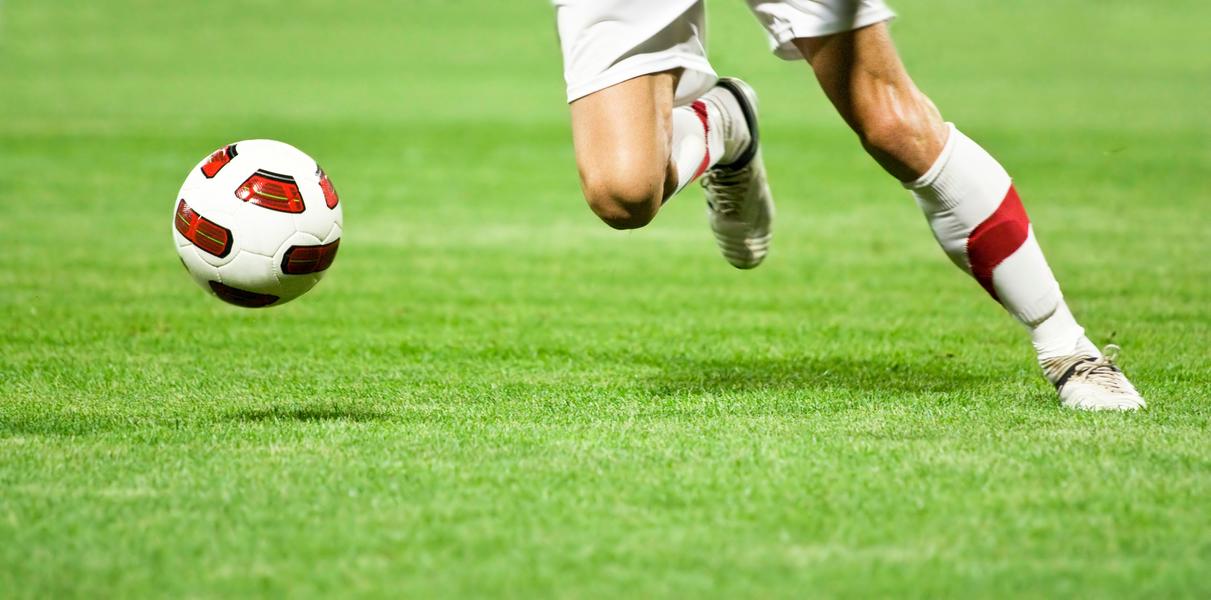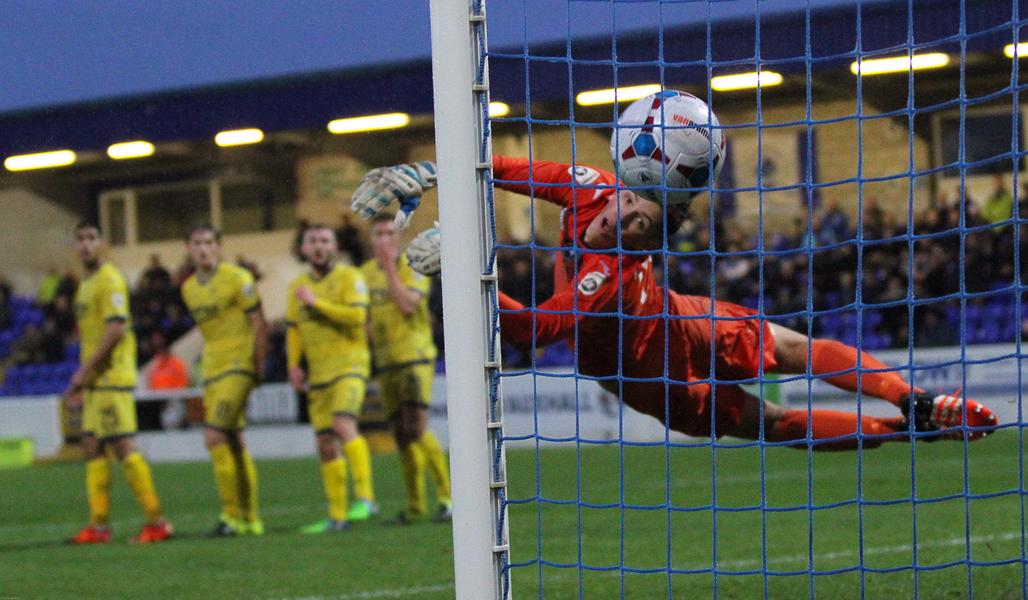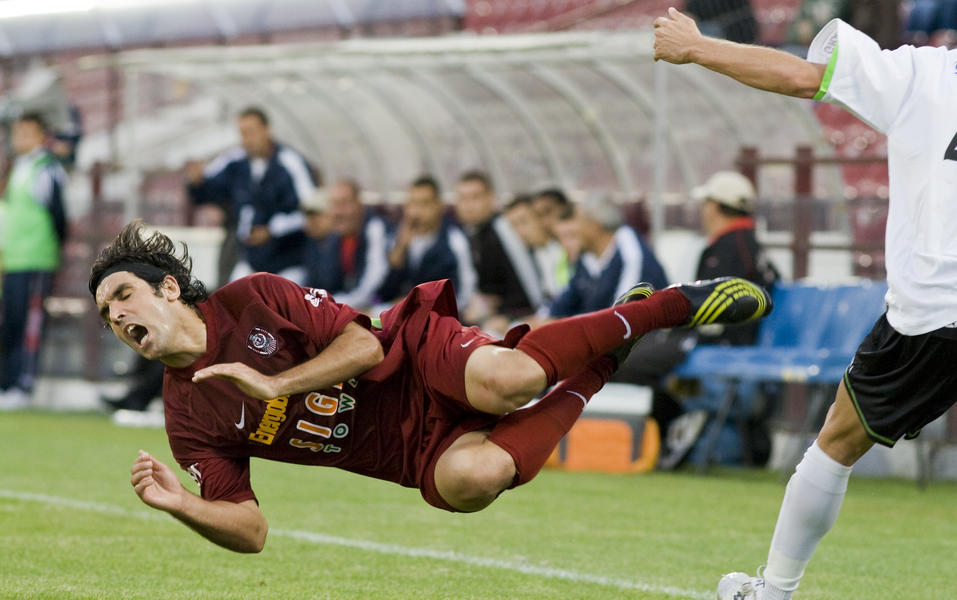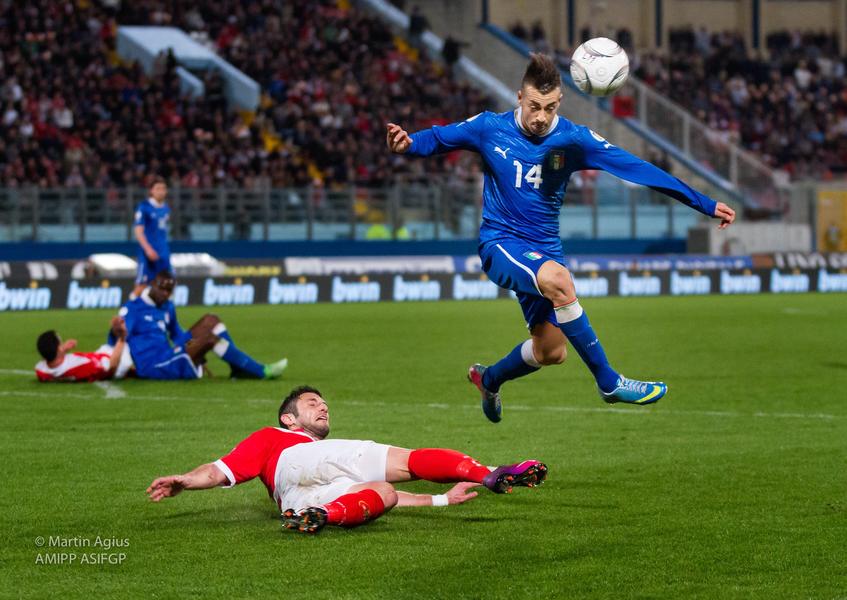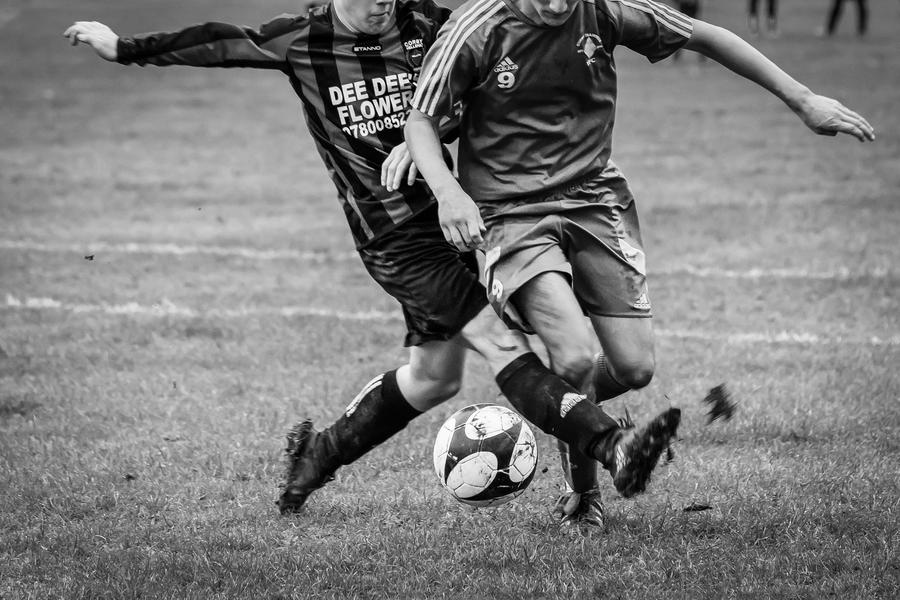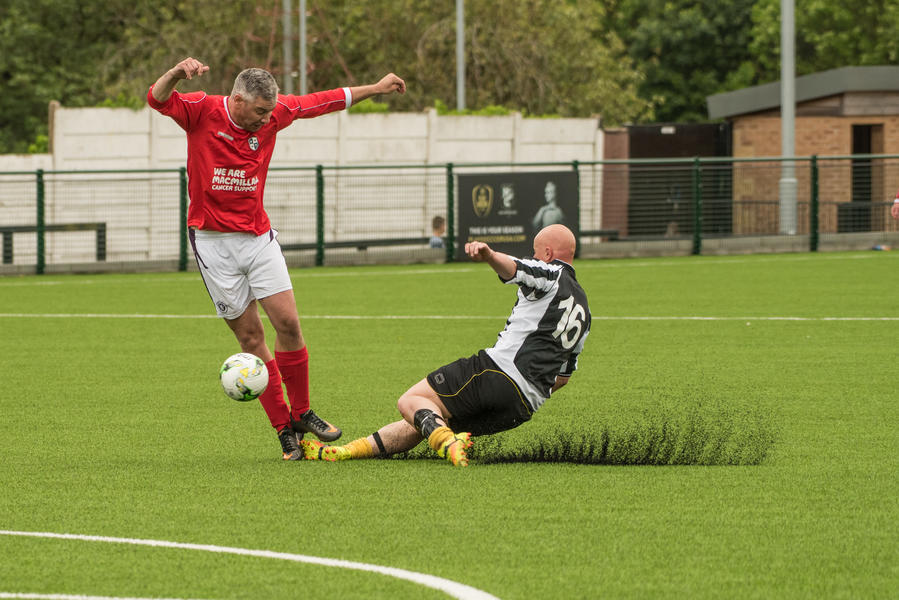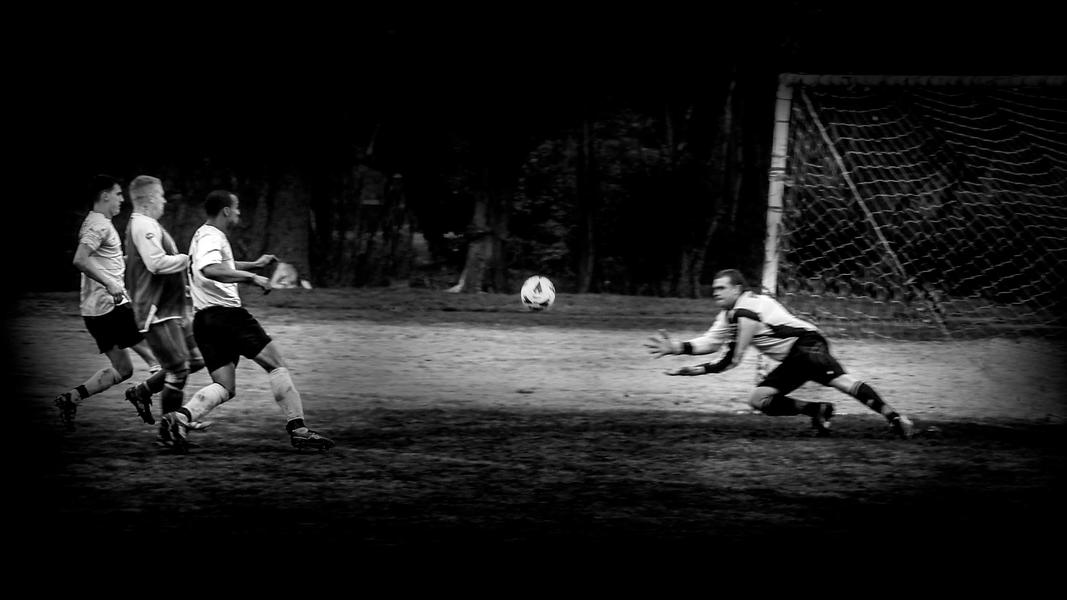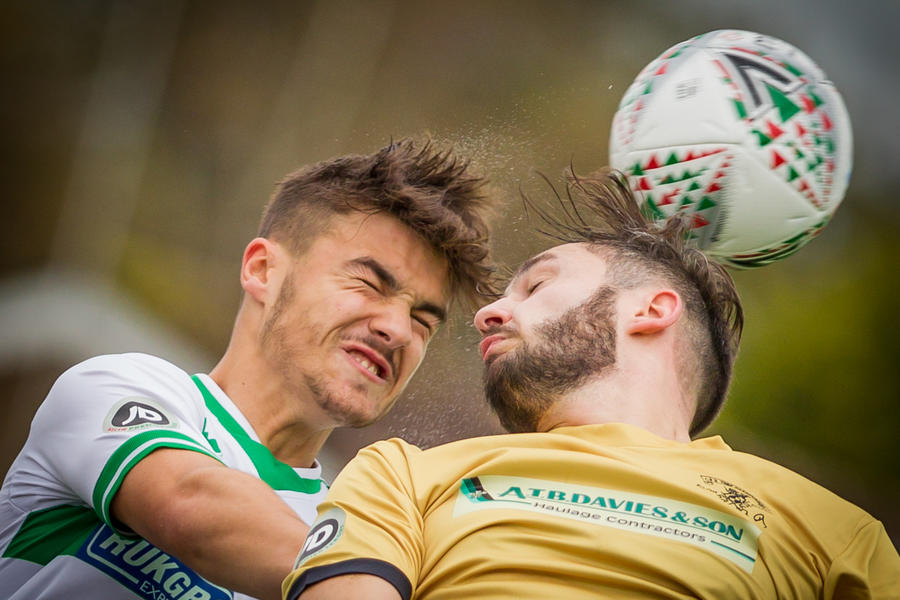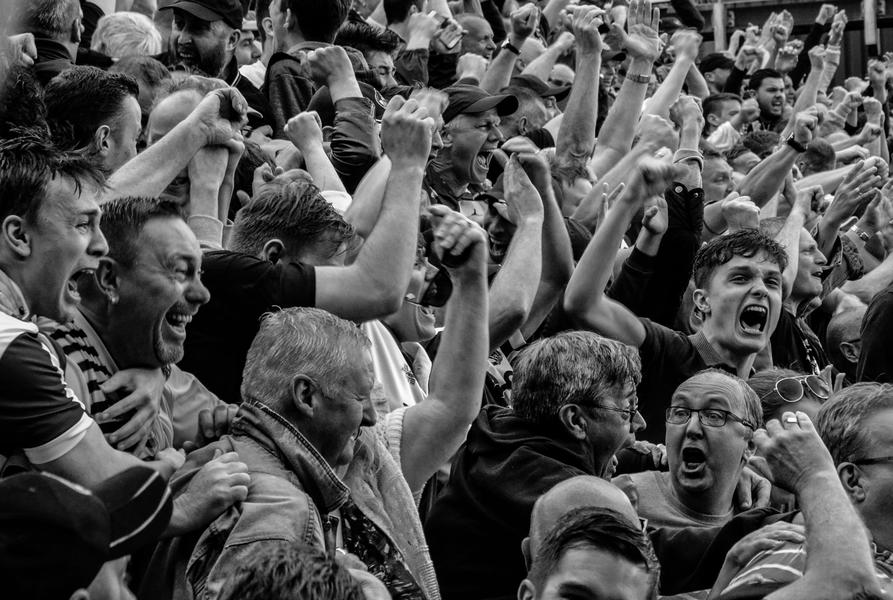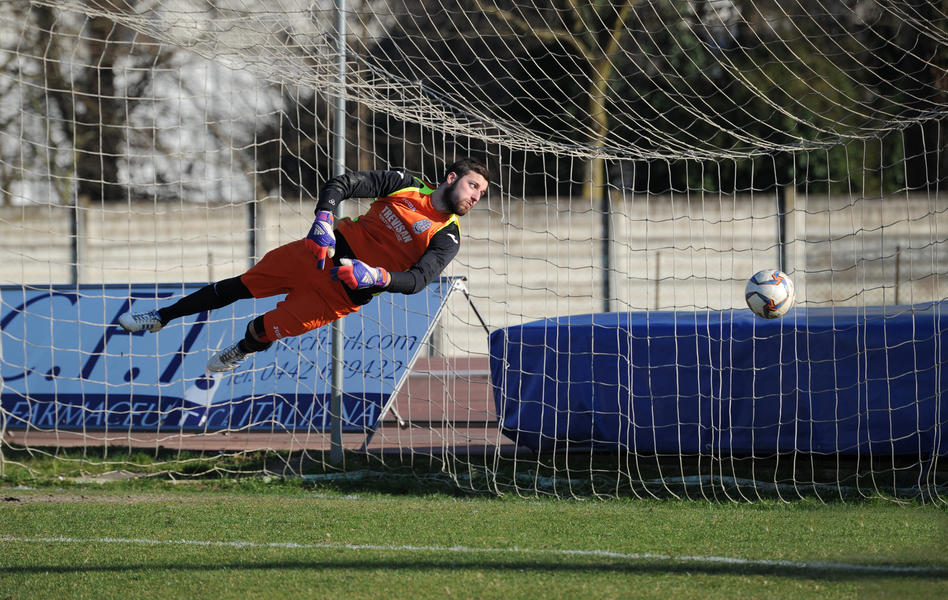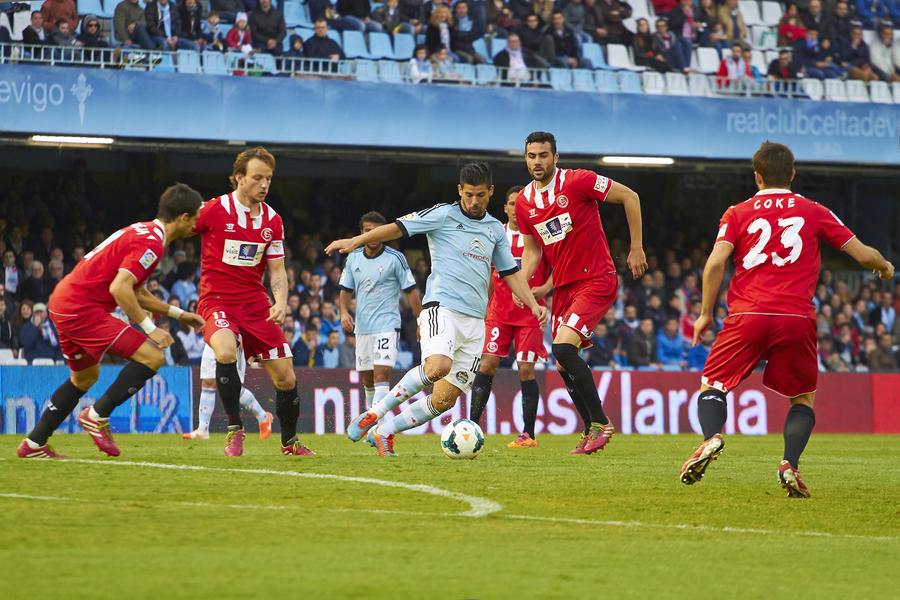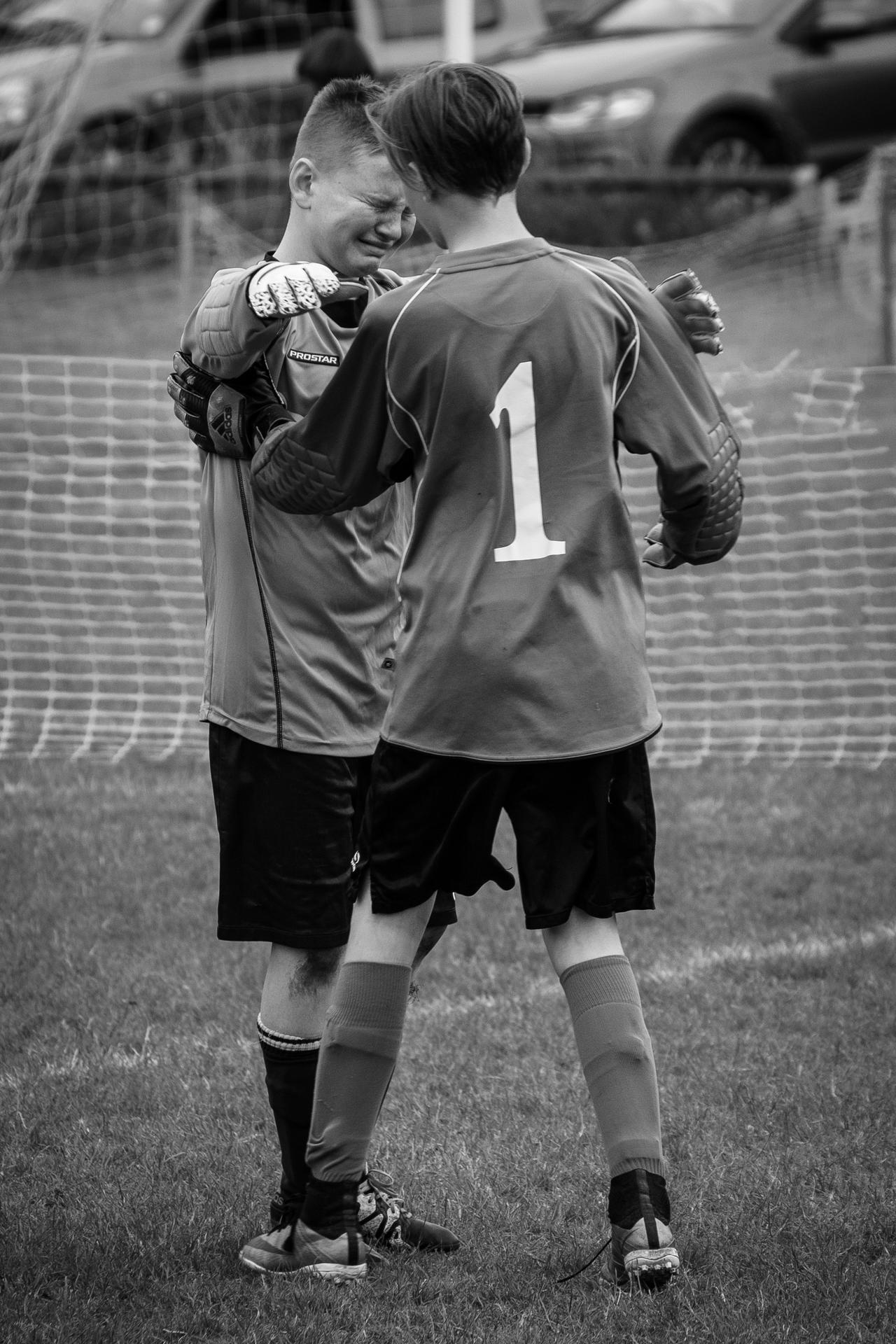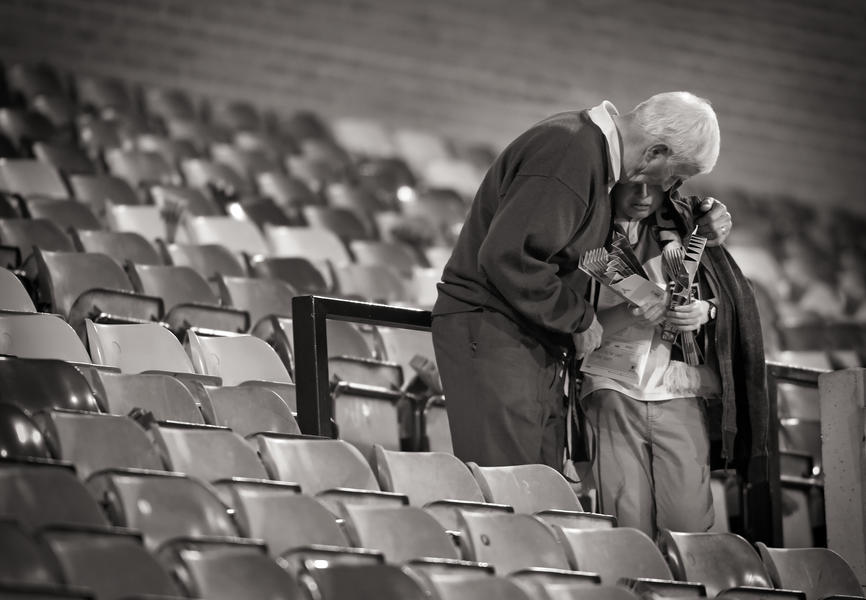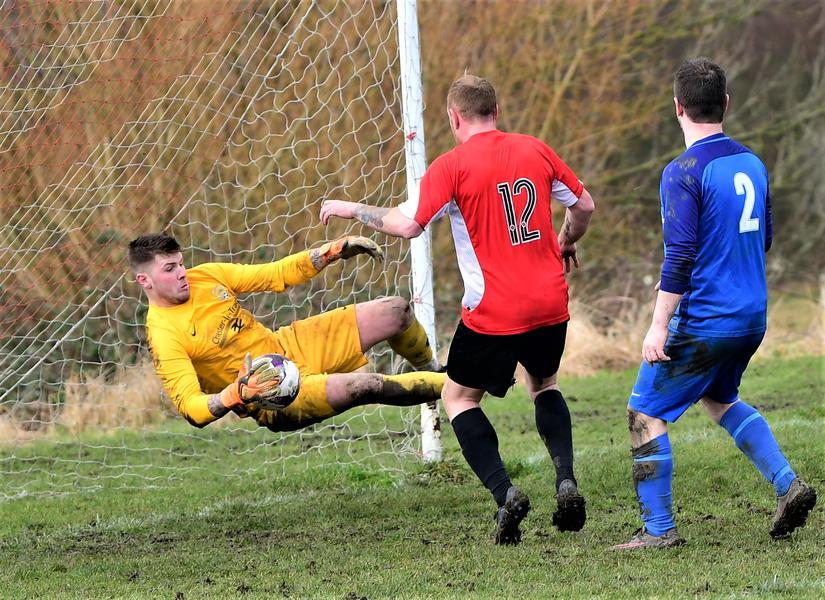If you’re a photographer who lives and dies by football, you’ve likely tried to shoot a game or two. We present some simple pieces of advice to guarantee you walk away with some winning shots
‘Perfect Moment to Catch’ by Erika Eros, exposure unknown
1. Try and stay in position
The temptation is to chase the action around the pitch. This will end up meaning you’re running as much as the players. It will benefit you to select one position, stay there and wait for the action to come to you. The prime position will be close to the net on one end of the pitch. This will give you opportunities to get great action shots as players fight for the ball and capture those crucial moments when a player scores.
‘Beaten Defence’ by Marten Landcree, exposure unknown
2. Leave your tripod at home
The last thing you want it to be tied down by a cumbersome set of extra legs, so leave your tripod at home. If you need to, you can carry a portable monopod. But nothing beats your own arms and legs, especially as you’ll be shooting using fast shutter speeds.
‘Flying’ by Melis82, Canon EOS 400D, 200mm, 1/640sec at f/4, ISO 800
3. Shoot with a telephoto lens
As the players will be at some distance to you, you’ll want to shoot using a telephoto lens. Sports photographers tend to work with 70-200mm and up to around 400mm. These focal ranges will give you ideal coverage. You will probably find that anything lower than 70mm will be too wide and anything longer than 400mm will be too close. A zoom lens means you can adjust your focal length quickly and without fuss.
‘Malta vs Italy’ by Martin Agius AMIPP ASIFGP, Canon EOS 7D, 70-200mm, 1/800sec at f/2.8, ISO 3200
4. Crop your images if you need to
Not everyone has access to a telephoto lens (though you could consider renting or borrowing one), so you may be forced to work with a wider focal length. This doesn’t necessarily have to be an issue. The majority of today’s high-megapixel DSLR and mirrorless models are very forgiving if you need to crop your image in post to get closer to the action.
‘Kick Off’ by Elle Wallace, exposure unknown
5. Shoot with a fast shutter speed
As you’re working under daylight and high ISOs (see below), you should be able to set your camera to a fast shutter speed of around 1/800sec, which will be an ideal speed with which to capture the players as they run around the pitch.
‘Sliding Tackle’ by John Broadley, Nikon D810, 200-500mm, 1/1000sec at f/5.6, ISO 800
6. Shoot with a slower shutter for blur
Don’t be afraid to experiment. Shooting with a slower shutter speed will give your images a nice bit of blur and emphasise the speed and action of the scene.
‘The Attack’ by Martin Duffy, Sony A35, 55-200mm, 1/250sec at f/4, ISO 200
7. Set your exposure to a shallow depth of field
Ideally, you’re looking to use an aperture of f/2.8 or f/4 in order to keep the players in the foreground in focus and the area behind them as a nice out-of-focus background that will help keep the viewer’s attention on the action.
‘Give Us a Kiss’ by Alan, Canon EOS 1D Mark IV, 300mm, 1/1250sec at f/3.2, ISO 320
8. Don’t be afraid to crank up your ISO
If you’re faced with less-than-ideal weather, such as clouds, then increase your ISO. Today’s cameras are more than capable of dealing with high ISOs without fear of loss of image quality. Combined with a wide aperture, you’ll be able to achieve bright and desirable exposures.
‘Celebration’ by Sophie Merlo, Nikon D7000, 18-1055mm, 1/250sec at f/11, ISO 2500
9. Get the shots in focus
While a camera’s basic autofocus can work for you, there is a handy function that can make life even easier: AI-Servo on Canon models and AF-C on Nikon. You’ll need to consult your camera manual on how to set this. When this is set and your finger is pressing the shutter hallway, the lens will then track and keep your subject in focus no matter where they are in the frame. Just make sure you set your AF point where you want it first. Then when your desired subject hits that point, press the shutter to lock the focus on them.
‘Goalkeeper’ by Claudio Pimazzoni, exposure unknown
10. Continuous shooting mode
A godsend when shooting sports photography is continuous shooting mode. This will take a series of images in rapid succession when the shutter is triggered meaning that you have a number of options for each piece of the action on the pitch. Try not to shoot too many images in one burst, though, as it could mean your camera is still buffering your stored images as they save to the memory card and you miss a great shot.
‘RC Celta Vigo – Sevilla’ by Siro, Canon EOS 7D, 200mm, 1/640sec at f/4.5, ISO 1250
11. Don’t feel you have to follow the ball
As much action occurs away from the ball as does when the players are fighting for possession. Don’t be afraid to let your lens drift to other areas of the pitch and take in the other players as they wait to spring into action. This will give you shots variety and give your set of images a fuller narrative.
‘Brotherhood of Goalkeeping’ by Chris, Canon EOS 7D Mark II, 100-400mm, 1/500sec at f/6.3, ISO 250
12. Capture the human element
Similarly, try and shoot the action that’s occurring behind you. Football crowds, whether it’s at professional or amateur games, are as animated as the players on the pitch. If there’s a manager screaming himself red on the sidelines, make sure you get that, too. It all adds to the story.
‘Relegation’ by Robdigphot, exposure unknown
13. Start with a training session
Rather than jumping straight in at the deep end, seek out a training session to hone your skills. Do some research into local football clubs and ask permission to come and photograph them. Point out that, like the players on the pitch, you’re in training. Offer to send them over some images and they’ll be more than happy to have you along.
‘Great Save’ by Neil Clark, Nikon D500, 120mm, 1/1000sec at f/2.8, ISO 280
